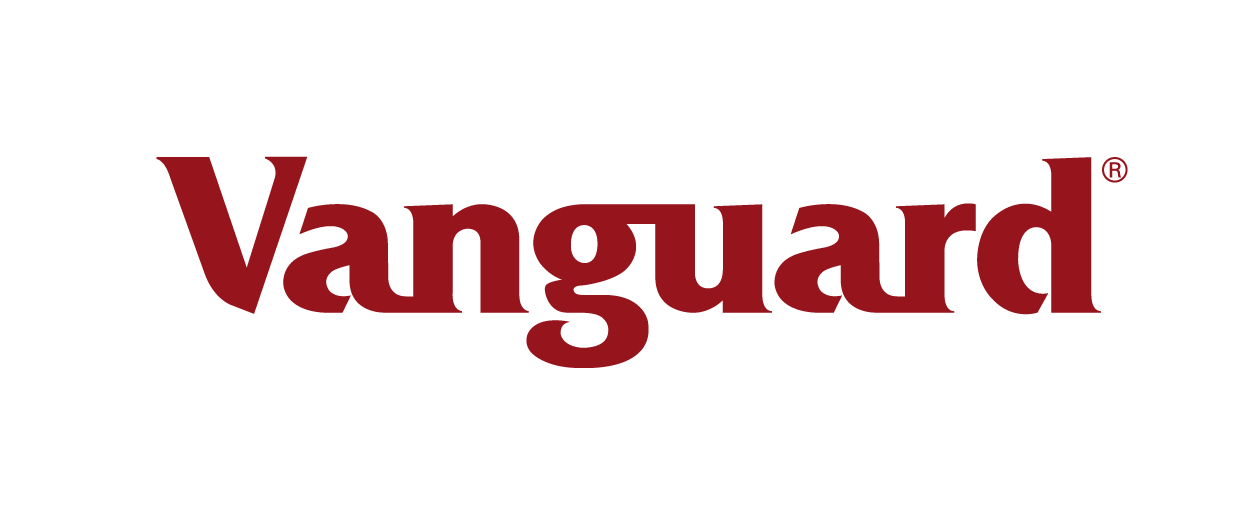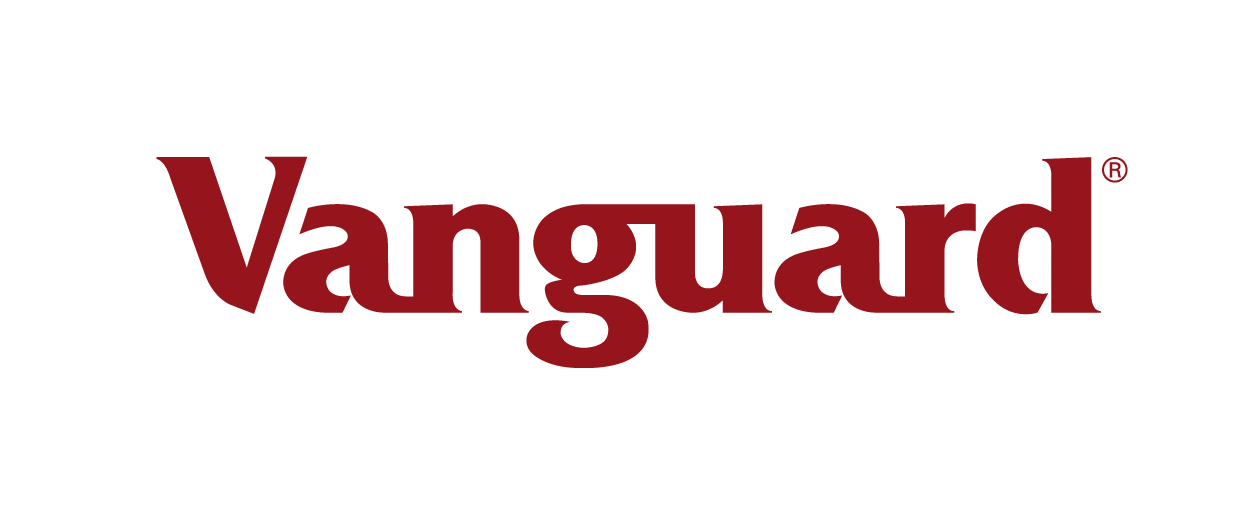-1701440972.png)
VOO vs. VTI: Which one is better?
SmartPhotoLab / Shutterstock
Fact Checked: Amy Tokic
Updated: December 21, 2023
We adhere to strict standards of editorial integrity to help you make decisions with confidence. Please be aware that some (or all) products and services linked in this article are from our sponsors.
We adhere to strict standards of editorial integrity to help you make decisions with confidence. Please be aware that some (or all) products and services linked in this article are from our sponsors.
If you’re looking for the best exchange-traded funds for your portfolio, there’s no shortage of excellent options to consider. The beauty of ETFs is that you’re able to get a slice of hundreds of companies in one fund, which offers diversification and stability with a set-it-and-forget-it approach.
Two of the safest ETFs available are VOO and VTI, both from Vanguard. Both follow the top performing large-cap stocks and have long histories of steady growth.
Although both VOO and VTI are solid choices for long-term investing, given the current market, there may be benefits to one over the other.
We’ll examine some of the key similarities and differences between these two popular funds. Should you focus on one of them—or even both of them?
Key Insights: Differences Between VOO and VTI ETFs
- Similar Yet Distinct: While both VOO and VTI are low-cost, broadly diversified ETFs from Vanguard, VOO tracks the S&P 500, focusing on large-cap stocks, whereas VTI tracks the CRSP US Total Market Index, encompassing a wider range of stocks including small and mid-cap companies.
- Performance & Holdings Overlap: Both ETFs have shown strong historical performance with notable long-term returns. They share a high degree of overlap in their top holdings, but VTI offers a broader exposure to the total stock market.
- Investor Preferences: VOO is ideal for those seeking alignment with the performance of large-cap companies in the S&P 500, while VTI suits investors looking for more comprehensive market exposure, including smaller companies with potential for growth.
VOO vs. VTI
VOO and VTI are the ticker symbols for two of Vanguard's index ETFs. Exchange-traded funds, or ETFs, are a type of pooled investment security that trades like a stock on the market. They both track a particular market cap weighted index and contain a wide range of investments.
Many investors appreciate VOO and VTI for their broad exposure to the stock market, although VTI has a much larger pool of stocks of about 4,000 in all. The broad holdings within these ETFs can reduce investor risk. For investors with a long time horizon of at least 10 years, VOO and VTI both offer strong returns that can outweigh any short-term losses.
VOO is also available as the Admiral Shares mutual fund (under VFIAX), as is VTI (under VTSAX).
MORE: 8 best Vanguard ETFs
SPONSORED
Vanguard's Personal Advisor gives investors the best of both worlds - access to professional financial advisors who are backed by Vanguard’s sophisticated, intuitive technology.
What is VOO?
VOO (VOO.IV) represents the Vanguard S&P 500 ETF, so it’s a basket of securities tracking the S&P 500 index. The S&P 500 is a compilation of 500 large-cap U.S. companies and is one of the most closely followed indices in the U.S. market.
- Index it tracks: S&P 500
- Expense ratio: 0.03%
- Last quarterly dividend: $6.36/share (December 2023)
- Dividend yield: 1.47% (December 2023)
Large-cap companies tend to be relatively safe, but often don’t offer the growth potential of smaller companies.
Following the S&P 500, VOO holds a total of 507 stocks, with a $195.9 billion median market cap.
What is VTI?
VTI (VTI.IV) is the Vanguard Total Stock Market ETF. This ETF tracks the CRSP US Total Market Index, with 4,076 total stocks. It holds almost 100% of the investable equity market in the U.S., with a median market cap of $124.9 billion.
- Index it tracks: CRSP US Total Market Index
- Expense ratio: 0.03%
- Last quarterly dividend: $3.41/share (December 2023)
- Dividend yield: 1.46% (December 2023)
VOO vs. VTI top holdings
As of December 20, 2023:
VTI vs. VOO top sectors breakdown
As of December 20, 2023:
This is how various sectors are weighted within VOO and VTI.
Again, the weights are equal to the weights given in these sectors in the S&P 500.
VOO vs. VTI performance
Now that we have an idea of what these funds comprise, how have these ETFs performed recently and over time? Both present a means of passively investing in the stock market with similar returns on your investment.
Over the past several years, both funds have gone up in market price, with the exception of 2022 (which is no surprise with the market as a whole dropping significantly).
Comparing annual returns of both funds, in 2021 VTI returned 25.64% by market price, while VOO returned 28.6%. They turned in similar performances in the market for investors.
When looking at quarterly returns for both VOO and VTI, the two ETFs again gave similar results. Both had quarterly returns around 6% for Q1, went up slightly in Q2, dropped to nearly zero in Q3, and jumped back up by the end of the year.
Both VOO and VTI have performed at a decline over 2022, so whether you invested in VOO or VTI wouldn’t have made much of a difference.
However, in previous years VOO and VTI have done well. For example, VOO has cumulative returns of over 35% over the past three years, while VTI’s 3-year cumulative returns come in close behind. Going back as far as five or ten years, they have offered even higher cumulative returns — over 200% for both indices.
Since inception in 2010, VOO has returned 11.20% on average (after taxes and sale of fund shares). VTI has returned only 6.35% since its inception. However VTI began in 2001 and endured the 2008 recession. Given its much longer history, its overall lower returns aren’t so surprising.
What it boils down to is that there’s very little difference in how VOO and VTI have performed since they were created. You’d see quite comparable results by having invested in either one of these funds.
VOO vs. VTI dividends
Both funds pay dividends to shareholders on a quarterly basis. These are payments from companies that reward their investors for their trust. As an investor, you can enjoy not only the returns on your total stock holdings as they (hopefully) grow in value, but also steady income from dividends paid by some of the companies in the fund.
Historically, VOO has a slightly higher dividend yield for shareholders.
Key similarities of VOO and VTI
By now, it’s clear that VOO and VTI share quite a bit in common. At the moment, there’s an 82% overlap of stocks between the two funds, so only about 18% is held in stocks unique to VTI. Their top ten holdings are identical, with comparable weights for each stock.
Not only are the actual stocks held in both funds very similar, the expense ratio for both is low at 0.03%, and you can trade VOO and VTI through most of the same brokerage firms (although working with Vanguard to invest would be the most logical, as it would come with fewer fees).
Either VOO or VTI would serve you well over the long run. Although both funds have declined over the past year, their returns have also experienced similar highs over the past ten years or so.
While no pattern of returns is guaranteed to continue, these two ETFs seem capable of bouncing back with any eventual market correction in the coming months and years.

Test your ETF knowledge!
Which ETF offers a broader exposure to the U.S. stock market, including small and mid-cap companies?
Key differences between VOO and VTI
Despite their overwhelming similarities, these two ETFs do have some slight deviations from each other.
The makeup of the funds has some differences, since VOO basically tracks the S&P 500 and VTI tracks the entire stock market. If you’d like to focus your portfolio primarily on large companies, VOO will generally perform the same way as the S&P 500. If the S&P 500 gains in value, VOO will show comparable gains, and the reverse is also true.
However, if you’re more interested in an all-encompassing stock market investment, VTI could be a better fit. VTI contains about eight times the number of stocks as VOO, so it instantly exposes investors to a wider range of companies.
Plus, VTI isn’t as heavily weighted to large-cap companies. Large-cap companies generally have at least $10 billion in market capitalization, or the total value of outstanding shares. Mid-cap companies hold between $2 billion and $10 billion, while small-cap companies hold between $300 million and $2 billion.
In general, smaller and mid-cap companies can be more volatile than large-cap options, and suffer more from big market swings. The long-term investor is better prepared to absorb losses from temporary swings, so small-cap and mid-cap companies are still solid investments.
Investing in VTI means you own part of essentially every publicly traded company in the U.S. The fund includes 64.3% of its holdings in large-cap stocks, but a greater percentage in smaller stocks than VOO.
VTI has 6.8% market capitalization in medium/small companies, and 9.9% in small companies. VOO, on the other hand, only holds 4.4% in medium/small cap firms, and a minuscule 0.3% in small companies.
If you want to invest in companies that haven’t quite reached the status of S&P 500 firms, that could represent a bit more risk but also potential reward. Since those companies are smaller in terms of value of their shares, there’s much more room for growth over time than with companies that are already over $10 billion in market cap.
Read more about VOO vs SPYPros and cons of Investing in VTI and VOO
Pros
- Broad market exposure and diversification: Both VTI and VOO provide exposure to a wide range of companies across various sectors. VTI offers more comprehensive market coverage, including small and mid-cap stocks, while VOO focuses on the large-cap stocks of the S&P 500. This diversification can help mitigate risk in an investment portfolio.
- Low expense ratios: Both ETFs are known for their low expense ratios, making them cost-effective options for investors. This aspect is especially appealing for long-term investors, as lower fees can lead to significant savings over time.
Cons
- Market risk and volatility: While both ETFs offer diversification, they are still subject to market risks. VOO, with its focus on large-cap stocks, may offer more stability, but it also means potentially missing out on the growth offered by smaller companies included in VTI. Conversely, VTI's broader exposure includes more volatile small and mid-cap stocks.
- Limited international exposure: Both VTI and VOO are focused on the U.S. stock market. For investors looking to diversify globally, these ETFs do not provide direct exposure to international stocks, which could be a limitation for those seeking a more global investment portfolio.
Bottom line on VOO vs. VTI
Given that both VOO and VTI offer exposure to a wide range of securities with fairly low fees, deciding between the two might be tough. We say, “Why not choose both?” If you have the opportunity to invest an equal amount in each fund on a monthly basis, that would probably be our favorite choice.
However, if you know that you'd like a bit more exposure to smaller and medium-sized companies or just want to invest in more stocks overall, VTI is your best bet. VOO, meanwhile, is the better option for investors who want to focus heavily on large cap companies.
If you don’t have a choice (maybe you’re investing through your 401(k) and have limited options), don’t sweat the differences between VOO and VTI — either one is likely to work out fine in the long run.
Even in the current bear market, choosing one of these ETFs over the other may not necessarily be more profitable, since such large portions of these funds are nearly identical. The great news is that both VOO and VTI offer diversification and ease of access to build your portfolio over time.
SPONSORED
Vanguard's Personal Advisor gives investors the best of both worlds - access to professional financial advisors who are backed by Vanguard’s sophisticated, intuitive technology.







